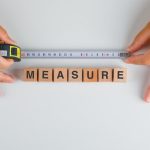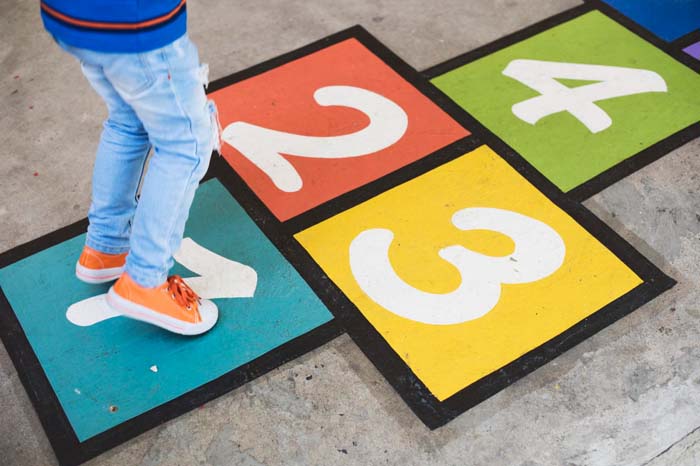A lot of new mothers and mothers who are expecting will endeavor to assure that the child receives excellent care. This type of care includes one of its key ingredients, which is breastfeeding, because it offers many benefits for you and your little one. Your breast milk and your infant can be affected by the food habits you maintain, which include what you eat. Below is a compilation of foods that should not be consumed while breastfeeding in order to support healthy growth of your baby.
Table of Content:
- Physical Development Milestones
- Physical Growth and Development Stages
- Nurturing Your Baby’s Physical Development
Physical Development Milestones:
In the case of breastfeeding, another well-known proverb holds especially true: ‘You are what you eat.’ Based on what you eat, breast milk contains nutrients that primarily allow your diet to influence its chemistry. Please note that even though most foods can be enjoyed while breastfeeding, there are a handful you should either eat in moderation or avoid completely.
0-3 Months: The Newborn Phase
The first three months for your baby involve concentrating development on getting used to life outside of the womb. Key milestones include:
- Lifting their head briefly when lying on their tummy
- Following moving objects with their eyes
- Bringing hands to mouth
- Grasping reflexively
Pro Tip: Use tummy time as a way to improve your child’s neck and shoulder muscle strength. Launch your sessions with brief periods and eventually increase the time.
4-6 Months: Discovering Their Body
As your baby gains more control over their body, you’ll notice:
- Rolling over (usually tummy to back first, then back to tummy)
- Sitting with support
- Reaching for and grasping objects
- Bringing objects to their mouth
Fun Activity: Place colorful toys just out of your baby’s reach during tummy time to encourage reaching and grasping.
7-9 Months: On the Move
This is when things get really exciting (and you’ll need to start baby-proofing!). Look out for:
- Sitting without support
- Crawling or scooting
- Pulling up to stand
- Passing objects from one hand to another
Safety First: When your baby starts moving, make sure your house is secure for them to explore. Secure furniture while covering electrical outlets and removing any small objects that could create choking dangers.
10-12 Months: Preparing for Toddlerhood
The last quarter of the first year brings some big changes:
- Cruising along furniture
- Standing alone
- Taking first steps (some babies might walk earlier, others later)
- Improved hand-eye coordination
Celebrate Progress: No matter if your baby starts walking early or late, it’s important to remember that children advance at different rates.
Physical Growth and Development Stages:
Milestones emphasize distinct skills, in contrast, physical growth pertains to the general growth of your baby and advancement of bodily systems. Here’s what you can expect:
- Weight Gain:
- Length Increase:
- Head Circumference:
- Teething:
Typically, babies increase their birth weight twice in the first 5 months and three times by the time they celebrate their first birthday. It’s okay if your baby’s growth is markedly different from this pattern – so long as they are persistently putting on weight, they are likely thriving.
Over the first year, babies increase their length by about 10 inches (25 cm). You may recognise that growth happens intermittently instead of developing in a steady way.
The rapid growth of your baby’s brain shows in their head circumference. Regular measurements at check-ups help ensure healthy brain development.
Those lovely little gummy smiles won’t exist forever! While most new babies get their first teeth between 4 and 7 months, a few might begin teething outside of this range.
Soothing Tip: Provide a fashionable teething ring or sweetly massage your baby’s gums to help relieve pain from teething.
0-12 Months Baby Development:
We should examine the way your baby’s physical skills develop every month.:
- Month 1: Demanding reflexes in newborns are rooting, sucking, and that of startling.
- Month 2: Baby begins to lift head slightly during tummy time.
- Month 3: Starts to open and close hands, bringing them to mouth.
- Month 4: Improved head control; may start rolling over.
- Month 5: Sits with support; reaches for objects.
- Month 6: Rolls both ways; starts to sit unsupported.
- Month 7: Moves objects between hands; may start to crawl.
- Month 8: Sits well without support; crawling improves.
- Month 9: May start pulling up to stand; pincer grasp develops.
- Month 10: Cruises along furniture; improved dexterity.
- Month 11: Stands alone briefly; may take first steps.
- Month 12: Walking improves; can hold and drink from a cup.
This timeline serves as a basic guide, remember. Some parents might see their babies reaching these milestones ahead of time or after, and that’s completely regular. Always get wisdom from your baby’s pediatrician should you be anxious about their growth.
Nurturing Your Baby’s Physical Development:
You serve an important function as a parent in assisting your baby’s physical growth. Here are some tips:
- Provide a safe environment for exploration: Secure your home and build areas that allow your child to explore with ease.
- Engage in play: Games that are simple, such as peek-a-boo and pat-a-cake, help children to improve their motor skills and coordination.
- Offer appropriate toys: Present toys that suit their age and encourage children to reach, grasp, and eventually walk.
- Read together: Reading supports closeness and the formation of attention skills, even before your baby fully realizes
- Give plenty of tummy time: Such an important activity strengthens muscles in the shoulders, arms, and neck, readying your baby for crawling and what follows.
- Be patient and supportive: Every baby progresses in their own way. Celebrate every milestone and provide encouragement, anytime it happens.
Observing your baby develop and increase in size during their first year is definitely magical. Understanding the average trajectory of physical development helps you to more appropriately value each new skill and provide your child with the support for thriving. Please remember that your baby is individualistic and will progress at their own leisure. Have fun on the journey and feel free to contact your pediatrician with any worries.
For more such interesting blogs, Visit EuroKids














